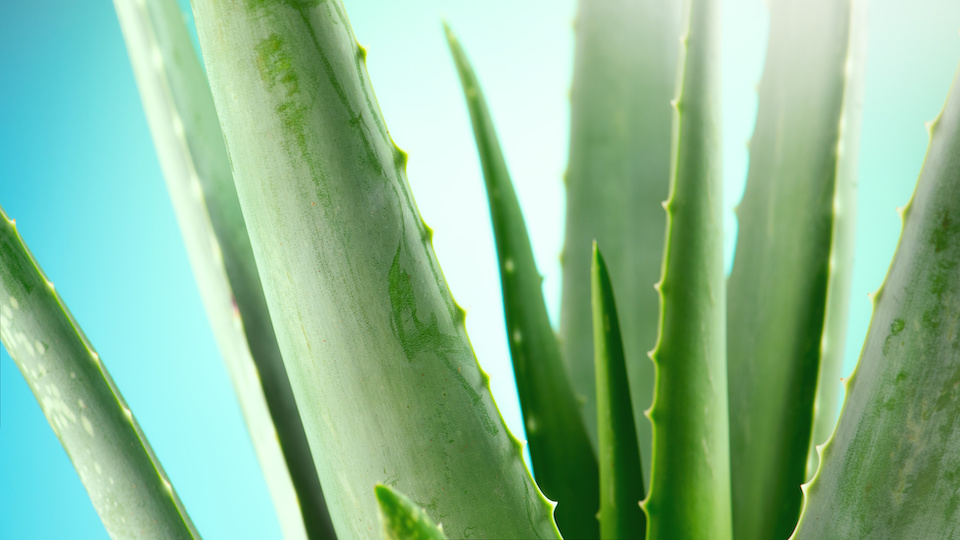This Radiant Skin Remedy is Easy to Grow
Aloe vera is one of those intriguing plants that checks all the boxes. It is drought resistant and incredibly tolerant of forgetful waterers. It is useful for health and beauty. And it looks absolutely stunning in your home or garden. This succulent is a great place to start if you have no experience with plants but is also an excellent addition to the extensive collection of any avid gardener. Here are just a few reasons everyone show have an aloe plant in their home and how to grow this hardy succulent.


